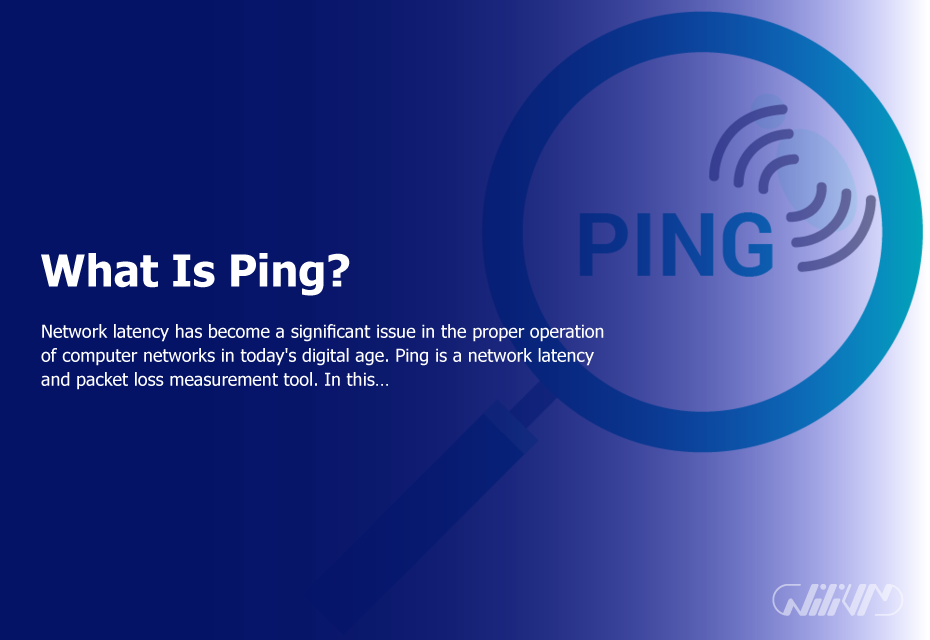
What Is Ping? A Complete Guide to Network Testing and Latency
Created on 13 November, 2025 • Checker Tools • 0 views • 2 minutes read
In the world of computers and networking, the term “ping” is one of the most commonly used commands. Whether you’re a gamer, network engineer, or just a regular internet user, understanding what ping is — and how it works
What Is Ping? A Complete Guide to Network Testing and LatencyIn the world of computers and networking, the term “ping” is one of the most commonly used commands. Whether you’re a gamer, network engineer, or just a regular internet user, understanding what ping is — and how it works — can help you diagnose network problems, measure connection quality, and ensure smooth online performance.
What Is Ping?
Ping stands for Packet Internet Groper. It is a simple command-line tool used to test the reachability of a device (like a website or server) over a network. When you “ping” an address (for example, google.com), your computer sends a small packet of data to that destination and waits for a reply.
The time it takes for the packet to travel to the destination and back is called the ping time or latency, measured in milliseconds (ms). A lower ping means a faster and more responsive connection, while a higher ping indicates delays or network problems.
How Ping Works
When you use the ping command, your computer sends an ICMP (Internet Control Message Protocol) echo request to the target host. If the host is active and reachable, it responds with an echo reply. The ping tool then measures the time between sending the request and receiving the reply.
Here’s a simple example:
ping google.com
The result shows:
* The IP address of the destination
* The response time (in milliseconds)
* The packet loss percentage
* The number of packets sent and received
This data helps you analyze how strong or weak your internet connection is.
Why Ping Is Important
1. Network Troubleshooting
Ping is one of the most useful tools for diagnosing connectivity issues. If a website or server isn’t responding, running a ping test can reveal whether the problem lies in your local network, router, or the destination server.
2. Gaming Performance
For gamers, ping directly affects gameplay. A low ping (below 50ms) ensures smooth and lag-free online gaming, while a high ping (above 150ms) can cause noticeable delays between your actions and the game’s response.
3. Server Monitoring
System administrators often use automated ping tools to monitor servers and devices. If a device stops responding to ping requests, it may indicate downtime or a network failure.
4. Testing Internet Speed Consistency
While ping doesn’t measure bandwidth, it helps test network stability. If ping times fluctuate widely, your connection may be unstable, even if the download speed looks fine.
Common Ping Terms
* Latency: The delay between sending and receiving a packet.
* Packet Loss: The percentage of data packets that fail to reach the destination.
* TTL (Time to Live): Indicates how many hops (routers) a packet can pass before being discarded.
How to Reduce High Ping
If your ping is high, try these fixes:
* Use a wired Ethernet connection instead of Wi-Fi.
* Close background apps that consume bandwidth.
* Connect to servers closer to your location.
* Restart your router or modem.
Conclusion
Ping is a powerful yet simple tool that forms the backbone of network diagnostics. It helps users, IT professionals, and gamers understand how fast and reliable their connections are. Whether you’re checking if a website is online or testing your internet’s responsiveness, the ping command gives instant, valuable insights into your network performance.
With the growing importance of online connectivity, learning how to use ping effectively is an essential skill in today’s digital world.